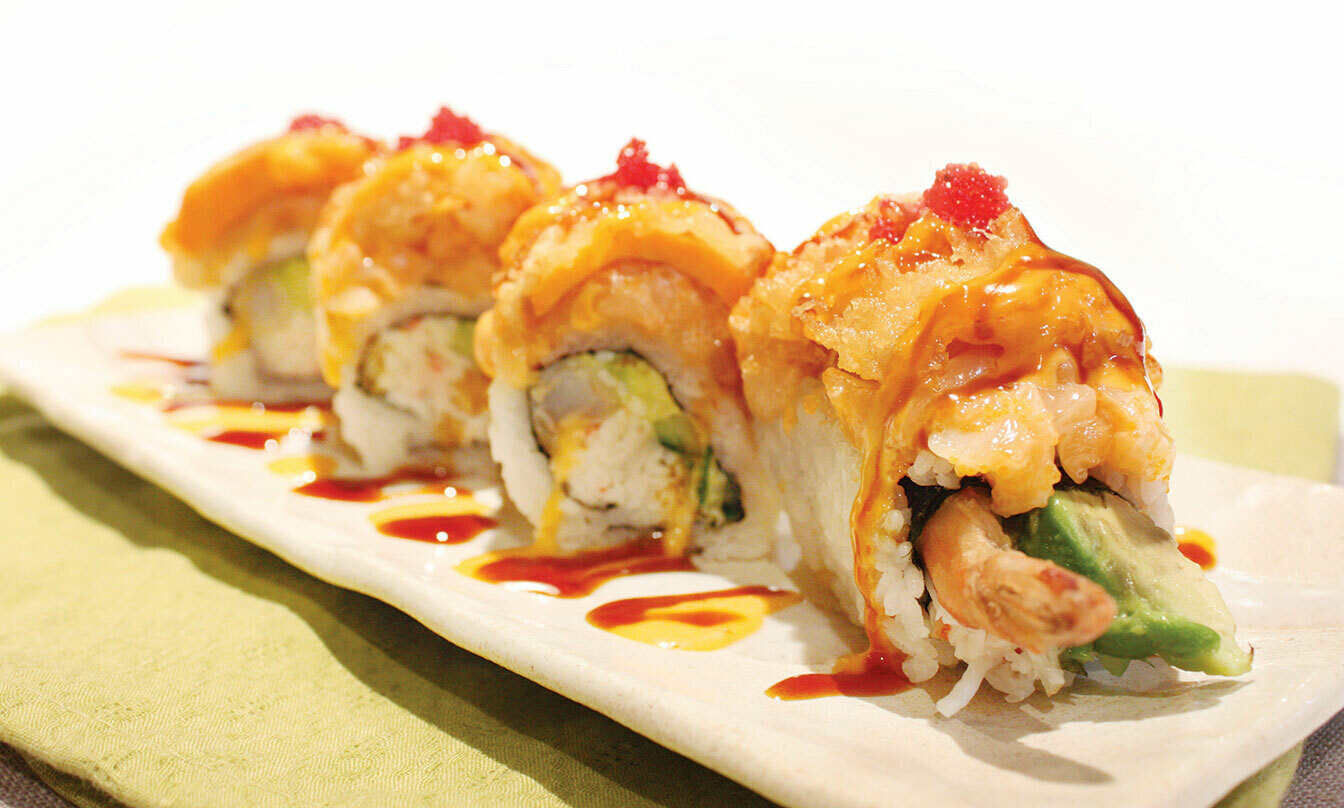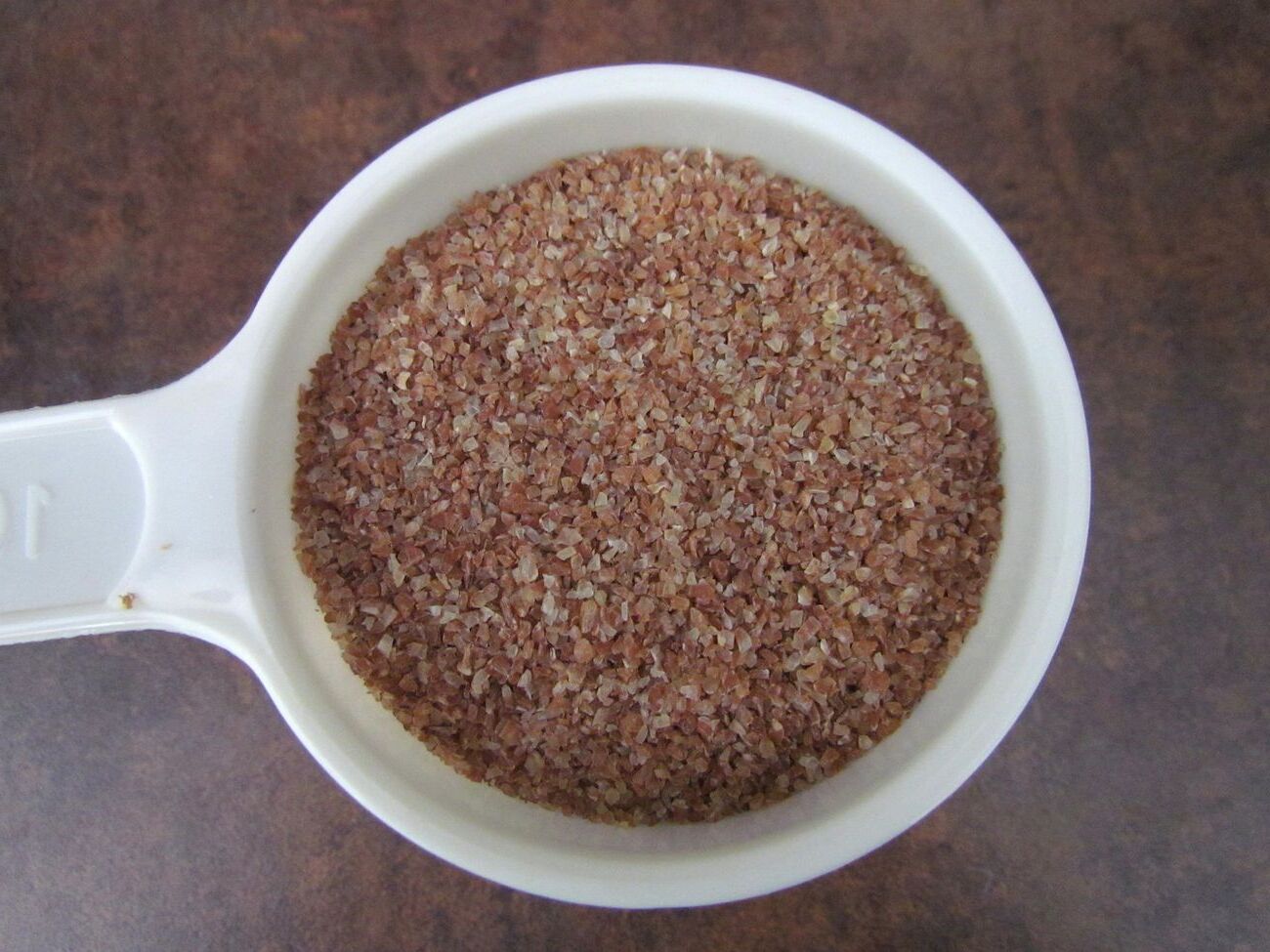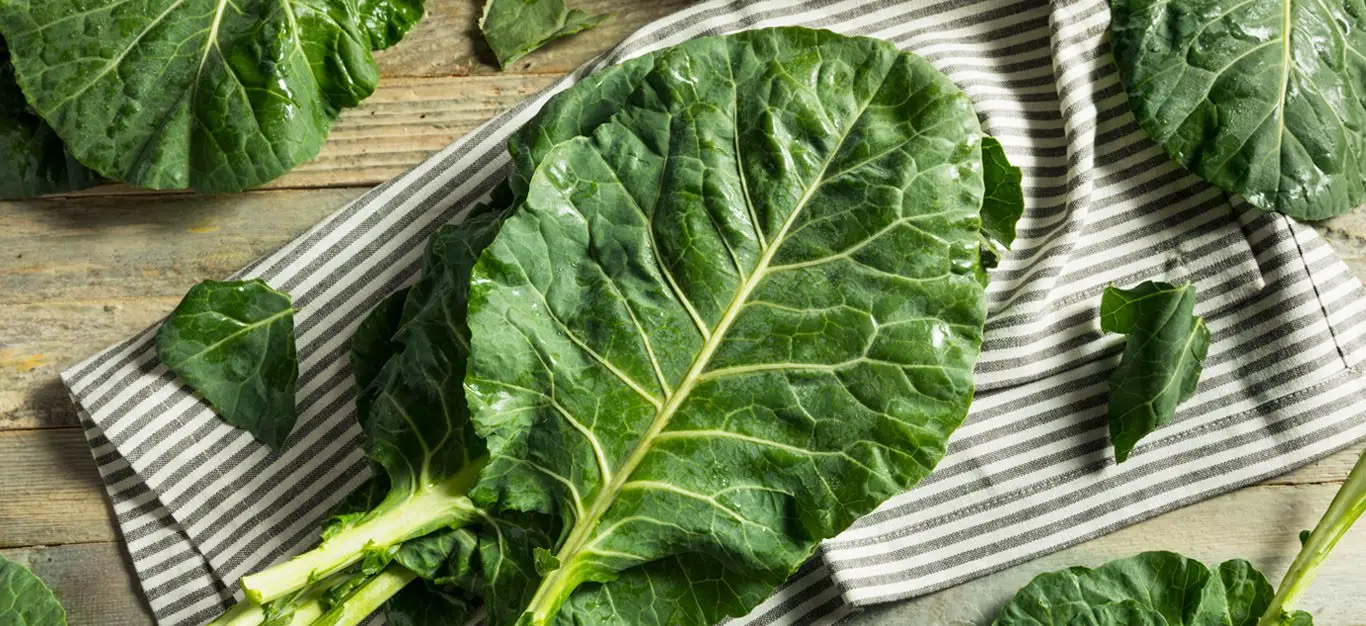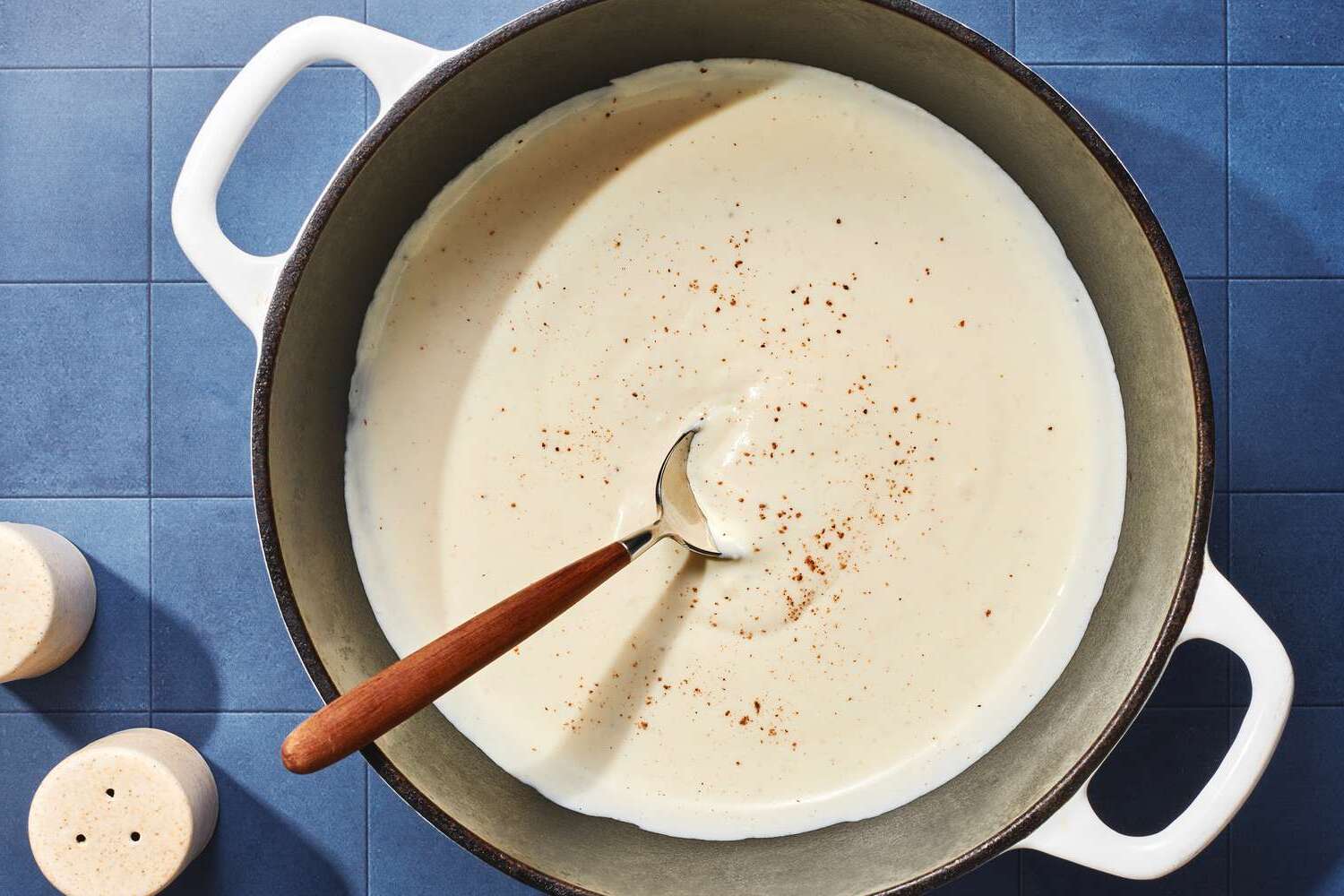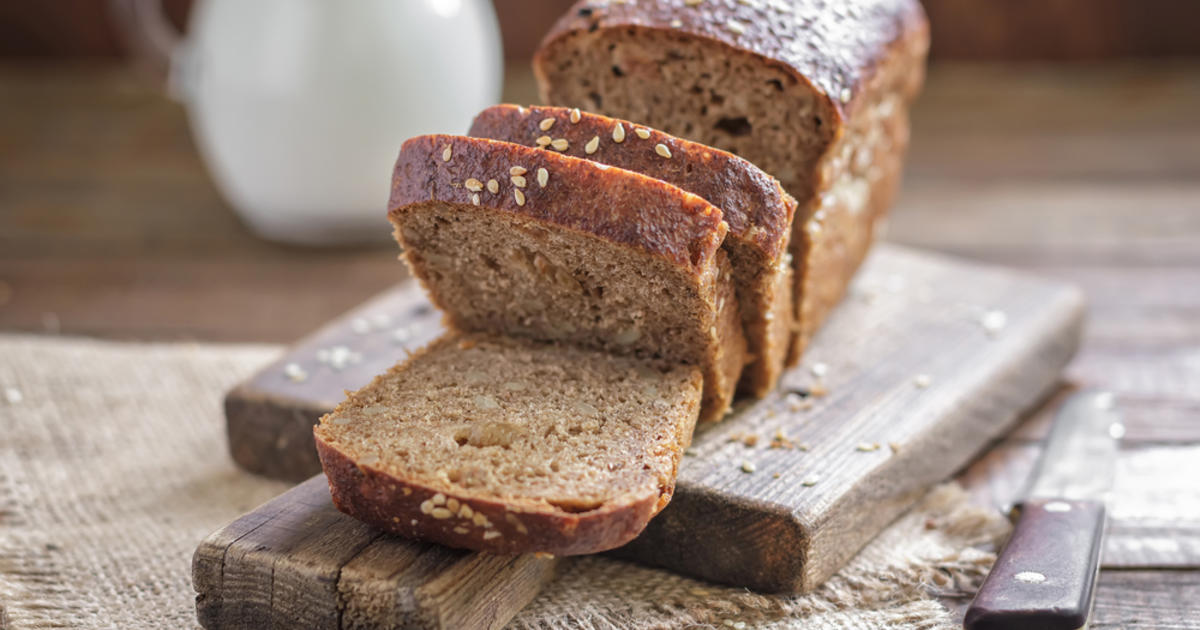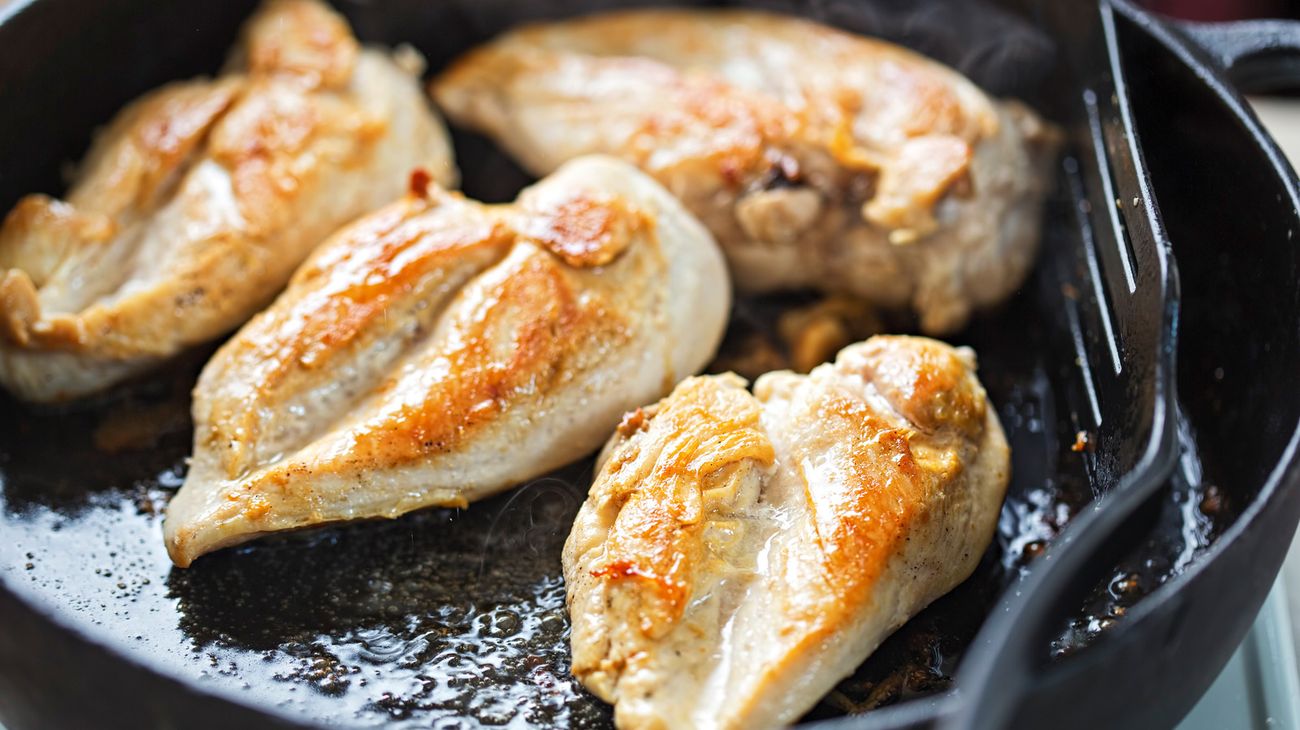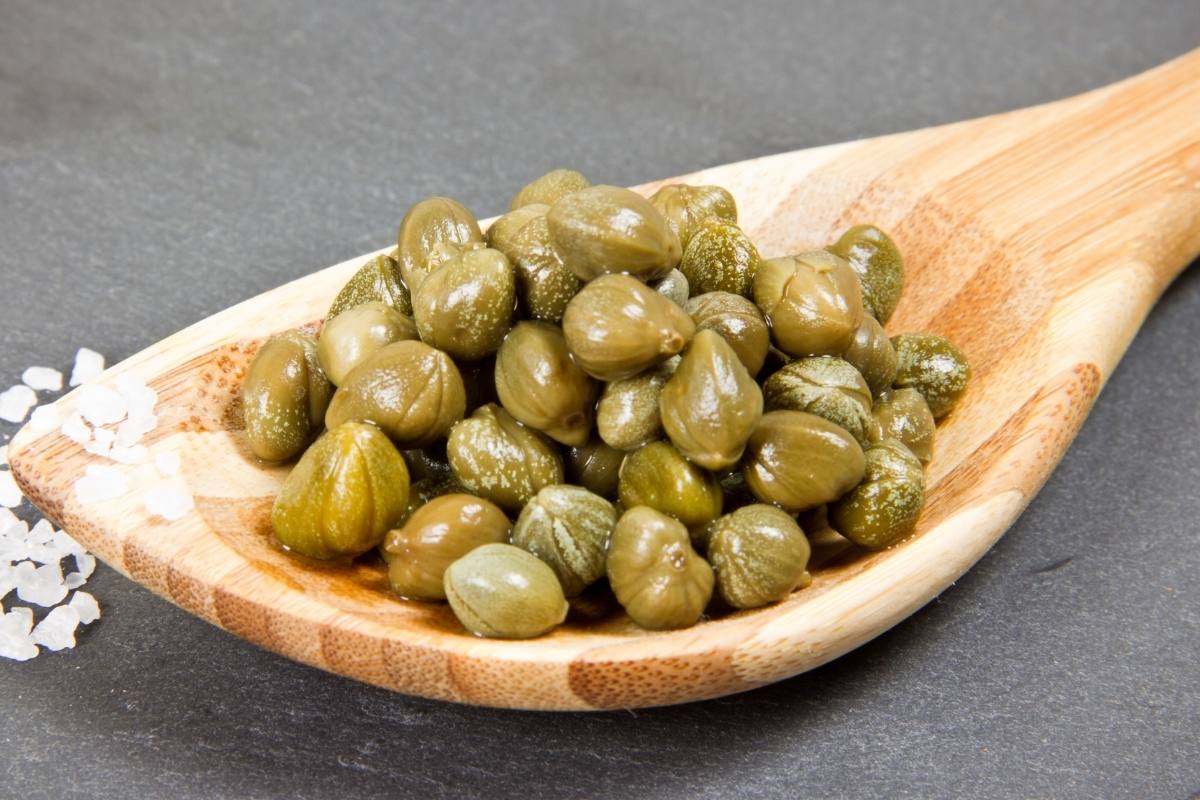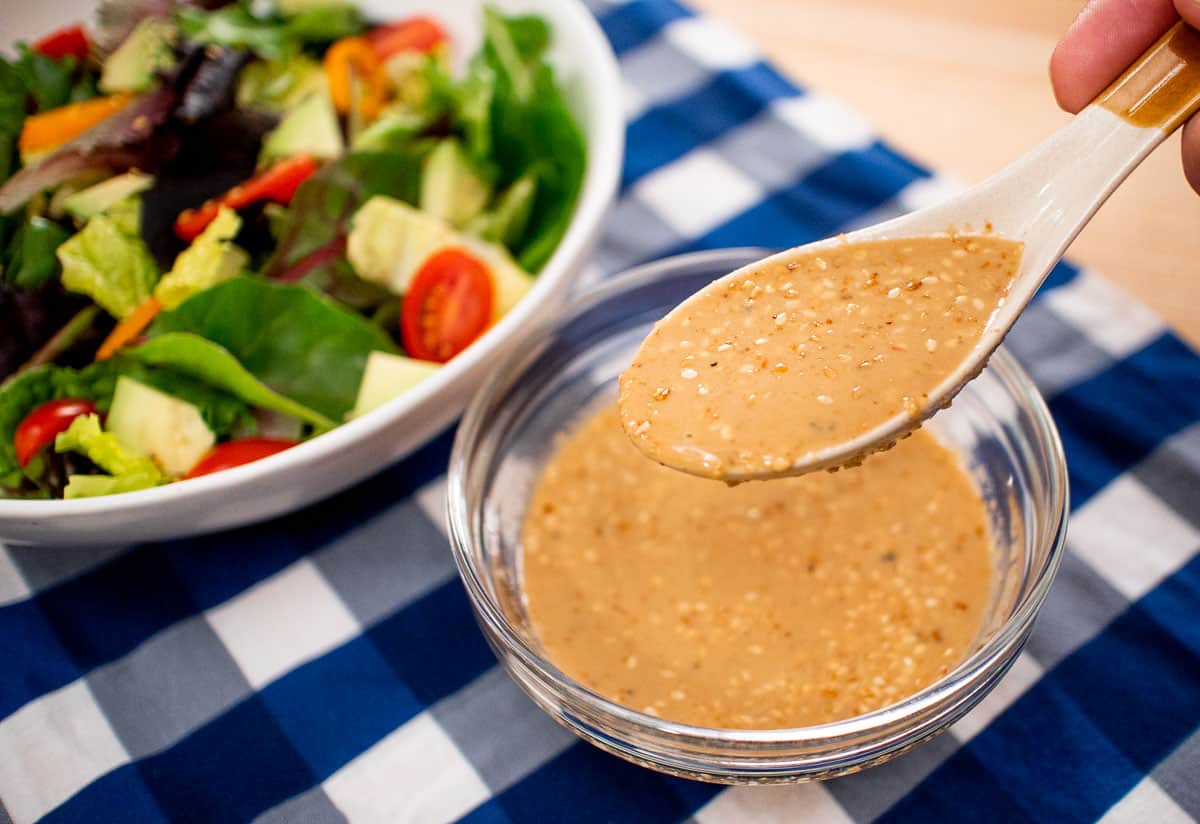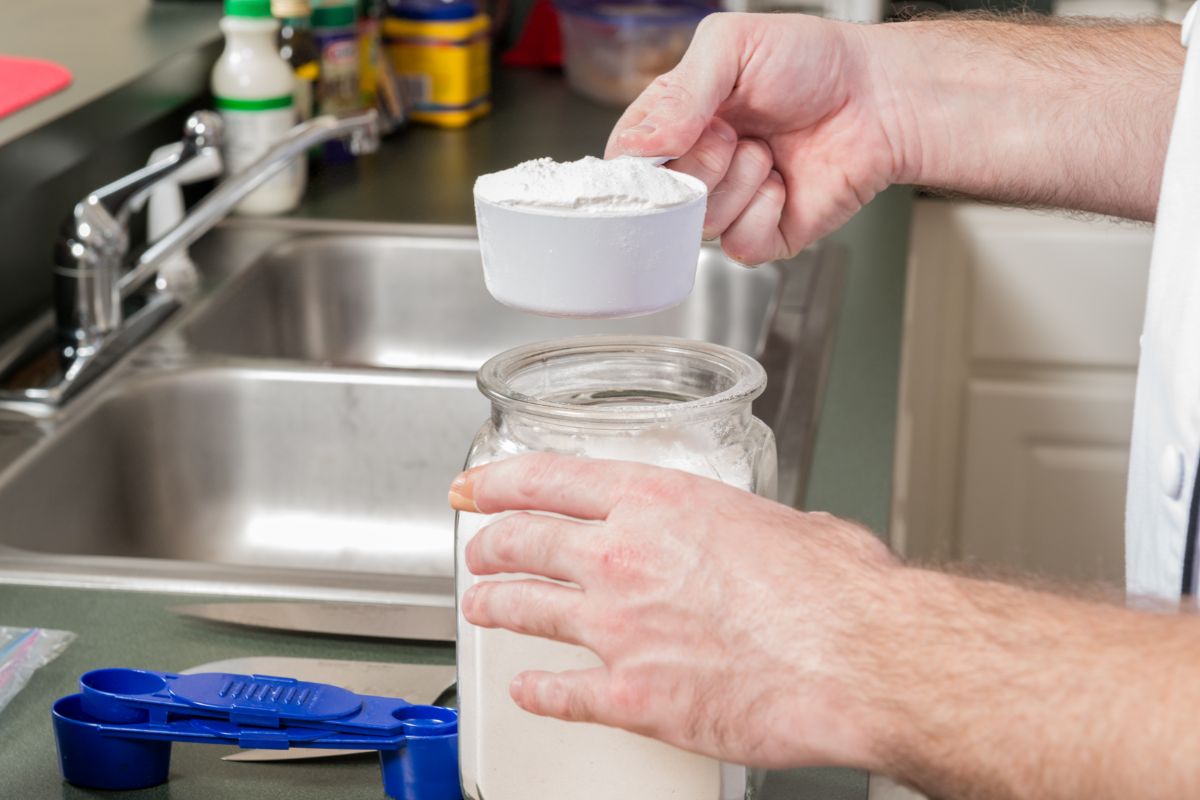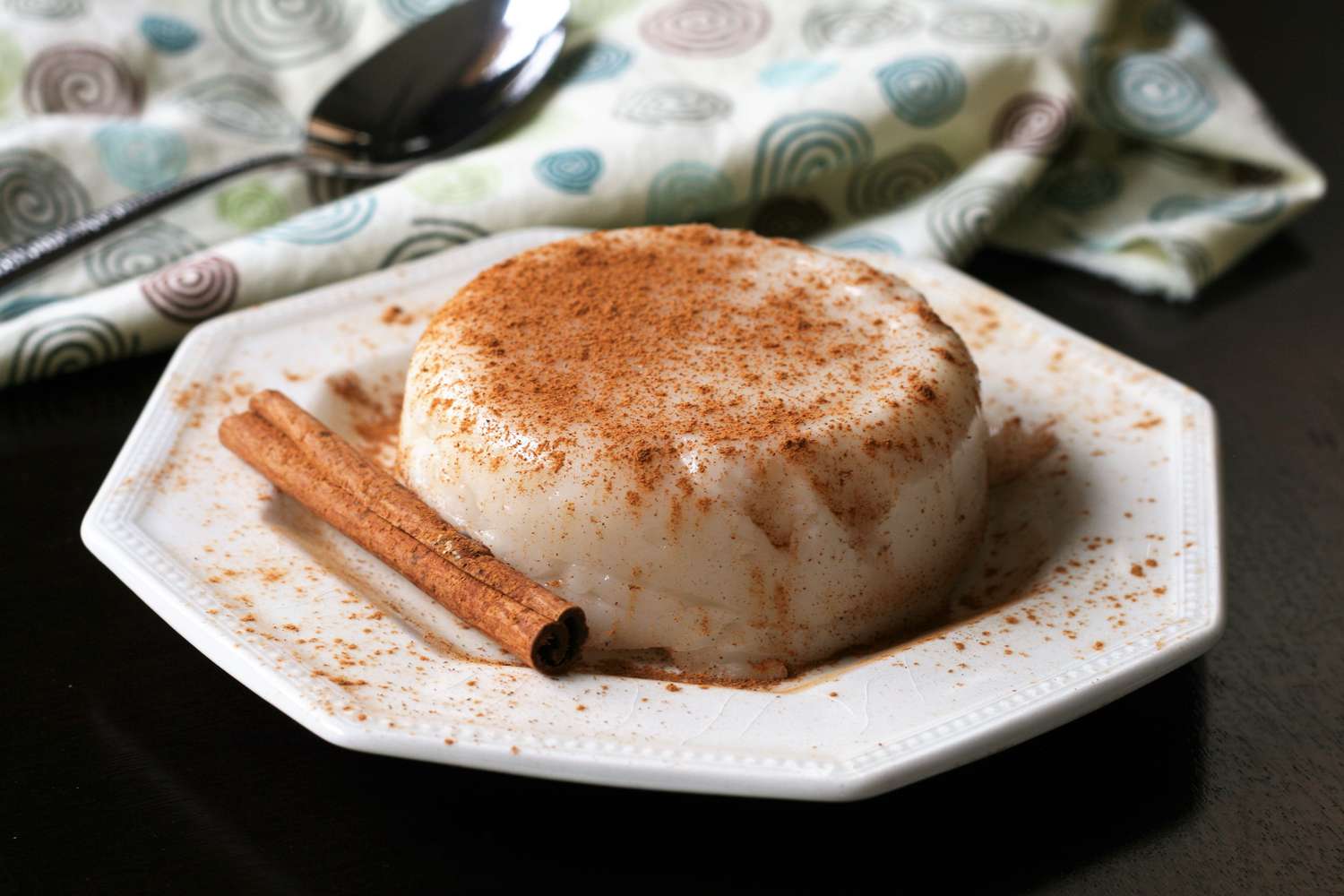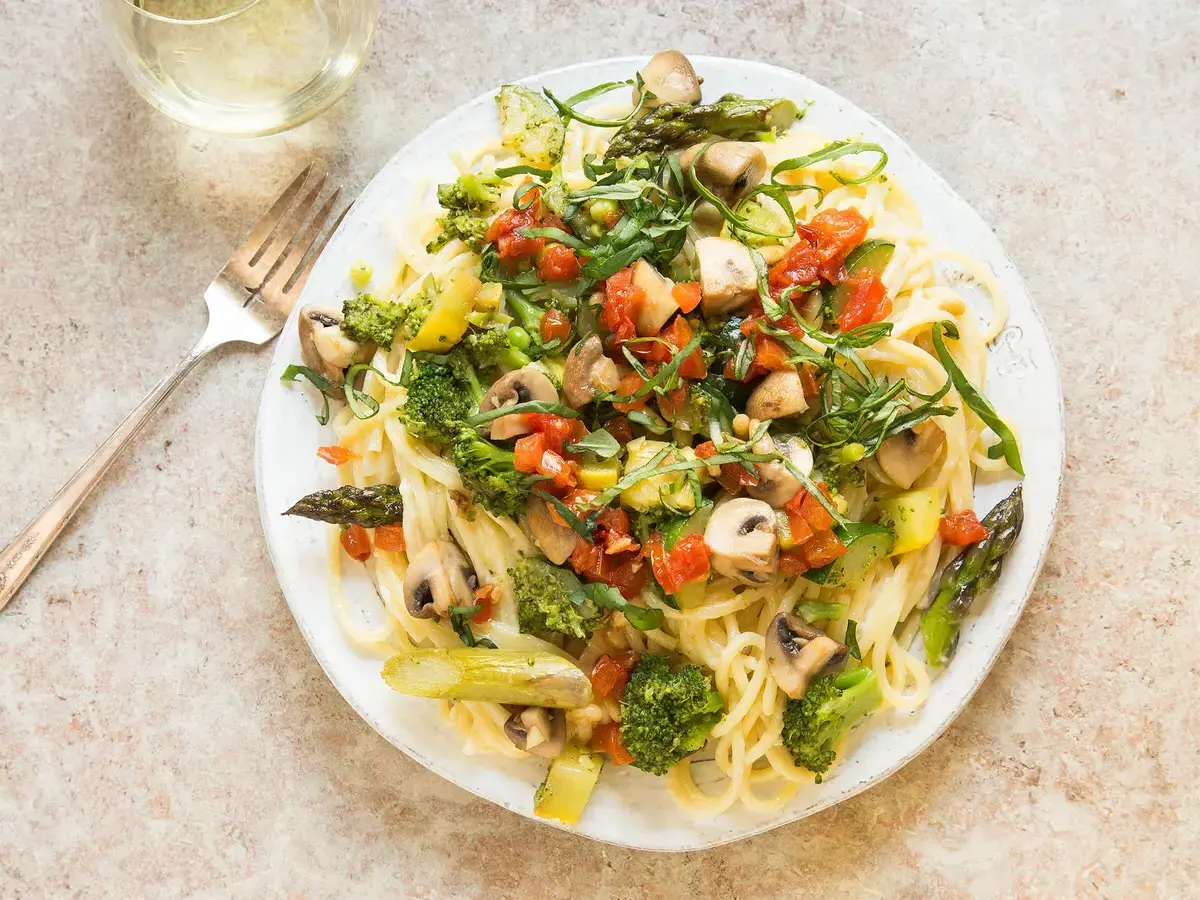Understanding Reconstituted Juice
Have you ever wondered what reconstituted juice is and how it differs from regular juice? In simple terms, reconstituted juice is made by taking concentrated juice and adding water back to it. This process allows the juice to be transported more easily and extends its shelf life. However, there are some important things to consider when it comes to reconstituted juice.
The Process of Making Reconstituted Juice
Reconstituted juice starts off as regular juice, but it undergoes a process to remove the water content, leaving behind a concentrated form of the juice. This concentrated juice is then packaged and transported to its destination. When it reaches its final location, water is added back to the concentrated juice to restore it to its original state. This process allows for easier transportation and storage of the juice.
Key Points to Consider
When it comes to reconstituted juice, there are a few important things to keep in mind:
- Nutrient Content: During the concentration process, some of the natural nutrients in the juice may be lost. While the addition of water restores the volume of the juice, it may not fully restore the original nutrient content.
- Quality: The quality of reconstituted juice can vary depending on the methods used during the concentration and reconstitution process. Some companies take great care to maintain the flavor and nutrient content, while others may not be as meticulous.
- Labeling: It’s important to read the labels on juice products to understand whether they are made from concentrate or are 100% juice. This can give you a better idea of the quality and nutrient content of the juice you are purchasing.
Is Reconstituted Juice Healthy?
Many people wonder whether reconstituted juice is as healthy as fresh juice. While reconstituted juice can still provide some of the vitamins and minerals found in fresh juice, it’s important to be aware of the potential differences in nutrient content. Additionally, some reconstituted juices may contain added sugars or preservatives, so it’s important to read the labels and choose wisely.
Final Thoughts
Reconstituted juice offers a convenient way to enjoy fruit juice with a longer shelf life and easier transportability. However, it’s important to be mindful of the potential differences in nutrient content and quality compared to fresh juice. By understanding the process of making reconstituted juice and being aware of what to look for on product labels, you can make informed choices about the juice you consume.
Next time you reach for a carton of juice, take a moment to consider whether it’s made from concentrate or is 100% juice. Being informed about your choices can help you make the best decisions for your health and well-being.
Was this page helpful?
Read Next: What Is Whopper Sauce?
